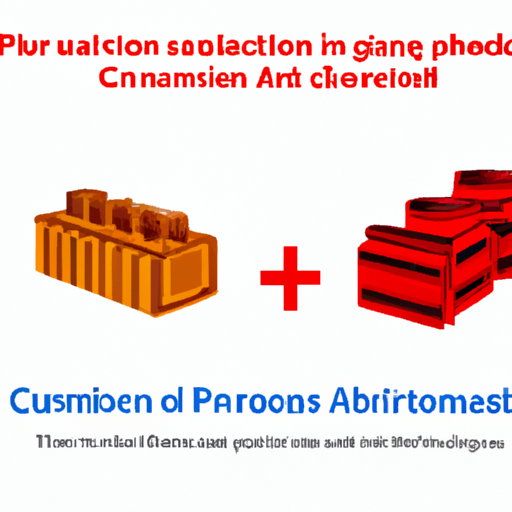Auto-coupled transformers are an essential component in many electrical systems, providing the necessary voltage transformation for various applications. These transformers are commonly used in power distribution systems, industrial machinery, and electronic devices. The production process for auto-coupled transformers involves several key steps to ensure the quality and reliability of the final product.

Once the design is finalized, the next step is to manufacture the transformer core. The core is typically made from high-quality silicon steel laminations, which are stacked and bonded together to form a solid core. The core is then cut and shaped to the required dimensions using specialized machinery.
After the core is manufactured, the next step is to wind the transformer coils. The coils are typically made from copper wire, which is wound around the core in a specific pattern to achieve the desired voltage transformation ratio. The winding process is critical to the performance of the transformer, as any errors or defects in the winding can lead to inefficiencies or malfunctions in the final product.
Once the coils are wound, they are insulated to protect them from electrical shorts and other damage. The insulation material used depends on the application and operating conditions of the transformer, but common materials include paper, Mylar, and epoxy resin. The insulation process is typically done using automated machinery to ensure consistent quality and performance.
After the coils are insulated, they are assembled into the final transformer housing. The housing is typically made from a durable material such as steel or aluminum and is designed to protect the internal components of the transformer from environmental factors and mechanical damage. The housing also includes terminals for connecting the transformer to the electrical system.
Once the transformer is assembled, it undergoes rigorous testing to ensure that it meets the required specifications and performance standards. This testing typically includes measuring the voltage transformation ratio, insulation resistance, and efficiency of the transformer under various load conditions. Any defects or issues identified during testing are addressed before the transformer is shipped to the customer.
In addition to the production process, auto-coupled transformers may also undergo additional processes such as customization and quality control. Customization involves modifying the transformer design or specifications to meet specific customer requirements, such as different voltage levels or physical dimensions. Quality control involves inspecting the transformer at various stages of production to ensure that it meets the required quality standards and performance criteria.
Overall, the production process for auto-coupled transformers is a complex and highly specialized operation that requires careful attention to detail and quality control. By following a systematic approach to design, manufacturing, and testing, manufacturers can ensure that their transformers meet the highest standards of performance and reliability.




